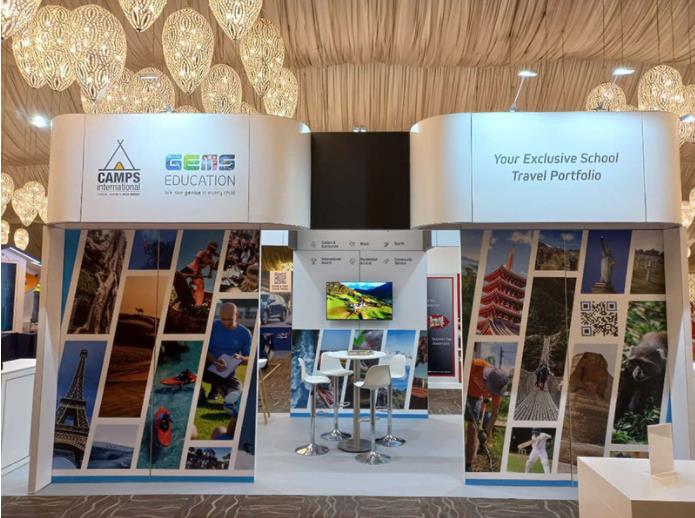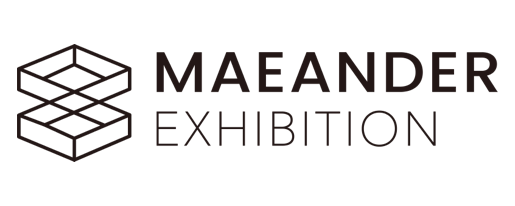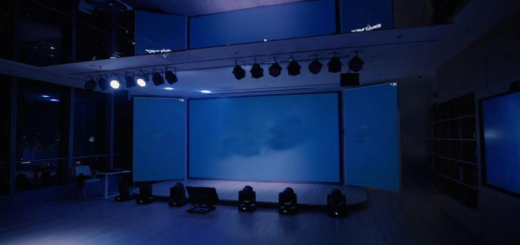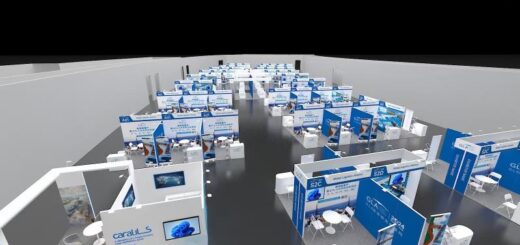What a Brochure Should Include to Stand Out at a Trade Show?
Trade shows are bustling events where businesses gather to showcase their products, services, and innovations. Amidst the sea of displays and competitors, having a brochure that captures attention and conveys your brand’s message effectively is essential. But what exactly makes a brochure stand out? we need to explore the core components of any successful brochure. These elements provide clarity and direction, ensuring your brochure engages potential customers and motivates them to take action. Below are the key components that brochures should include:

- A Clear and Compelling Headline
Your brochure should start strong with a headline that grabs attention immediately. It should be bold, clear, and speak directly to your audience’s needs or interests. Avoid vague statements; instead, focus on a concise message that tells the reader what they can expect. Think of it as your hook—something that makes them want to read more.
Example: “Transform Your Business with Cutting-Edge Tech Solutions” - Engaging Visuals
A brochure that stands out visually is more likely to be picked up and remembered. Use high-quality images, graphics, or illustrations that reflect your brand’s identity and resonate with your audience. Make sure the visuals are relevant to your product or service and complement the message you are trying to convey.
When it comes to design, remember that less is more. A cluttered brochure can overwhelm the reader, while a clean, minimalist design can help highlight your key points. Ensure there is enough white space to keep things visually balanced and easy to digest. - Highlight Key Features and Benefits
Trade show attendees are often pressed for time, so your brochure should quickly communicate what sets your product or service apart. Rather than just listing features, focus on the benefits that will matter most to your target audience. Show them how your offering solves a problem or improves their situation.
Example: Instead of saying “This software has a user-friendly interface,” say, “Easily integrate our software into your daily workflow and save time on tasks.” - Clear Call-to-Action (CTA)
What do you want attendees to do after reading your brochure? Whether it’s scheduling a demo, visiting your website, or signing up for a free trial, make sure your call-to-action (CTA) is clear, concise, and easy to follow. Place it prominently in the brochure, and consider offering an incentive, such as a discount or special offer, to encourage immediate action.
Example: “Visit booth 205 for an exclusive demo and a 10% trade show discount!” - Your Contact Information
Never overlook the importance of including accurate and easy-to-find contact information. Include multiple ways for potential leads to reach you: phone number, email address, website, and social media handles. Make it as simple as possible for someone to take the next step in engaging with your business. - Brand Consistency
Your brochure should reflect your brand’s overall look and feel. From the color scheme and typography to the tone of voice and messaging, consistency is key. This helps reinforce brand recognition and trust. If you have a logo, make sure it’s prominently displayed, and ensure that your materials align with your trade show booth and other marketing materials. - Testimonials or Case Studies
If you can, include customer testimonials or brief case studies that demonstrate how your product or service has had a positive impact. Real-world success stories can add credibility and build trust with potential customers. Include quotes, statistics, or results that showcase how you’ve helped others succeed. - A QR Code for Easy Access
In the digital age, convenience is king. Adding a QR code to your brochure allows attendees to quickly access additional information, your website, or special offers directly from their mobile device. This simple addition can significantly enhance the user experience and drive more engagement with your brand. - Eco-Friendly Options
With sustainability becoming a priority for many businesses and consumers, consider making your brochure eco-friendly. Use recycled paper or opt for digital brochures that attendees can download. This not only helps the environment but can also appeal to an eco-conscious audience.
Conclusion
Your brochure is more than just a handout at a trade show—it’s a tool to communicate your brand’s message, engage your audience, and ultimately drive conversions. By focusing on clear messaging, eye-catching design, and easy-to-navigate information, you can ensure your brochure stands out in a crowded trade show environment and effectively supports your marketing efforts.



